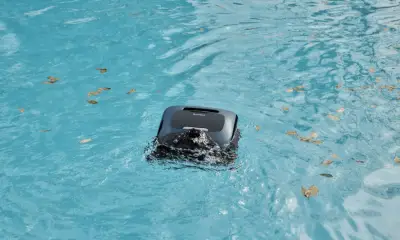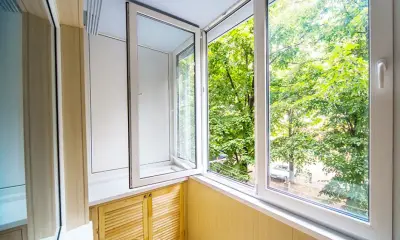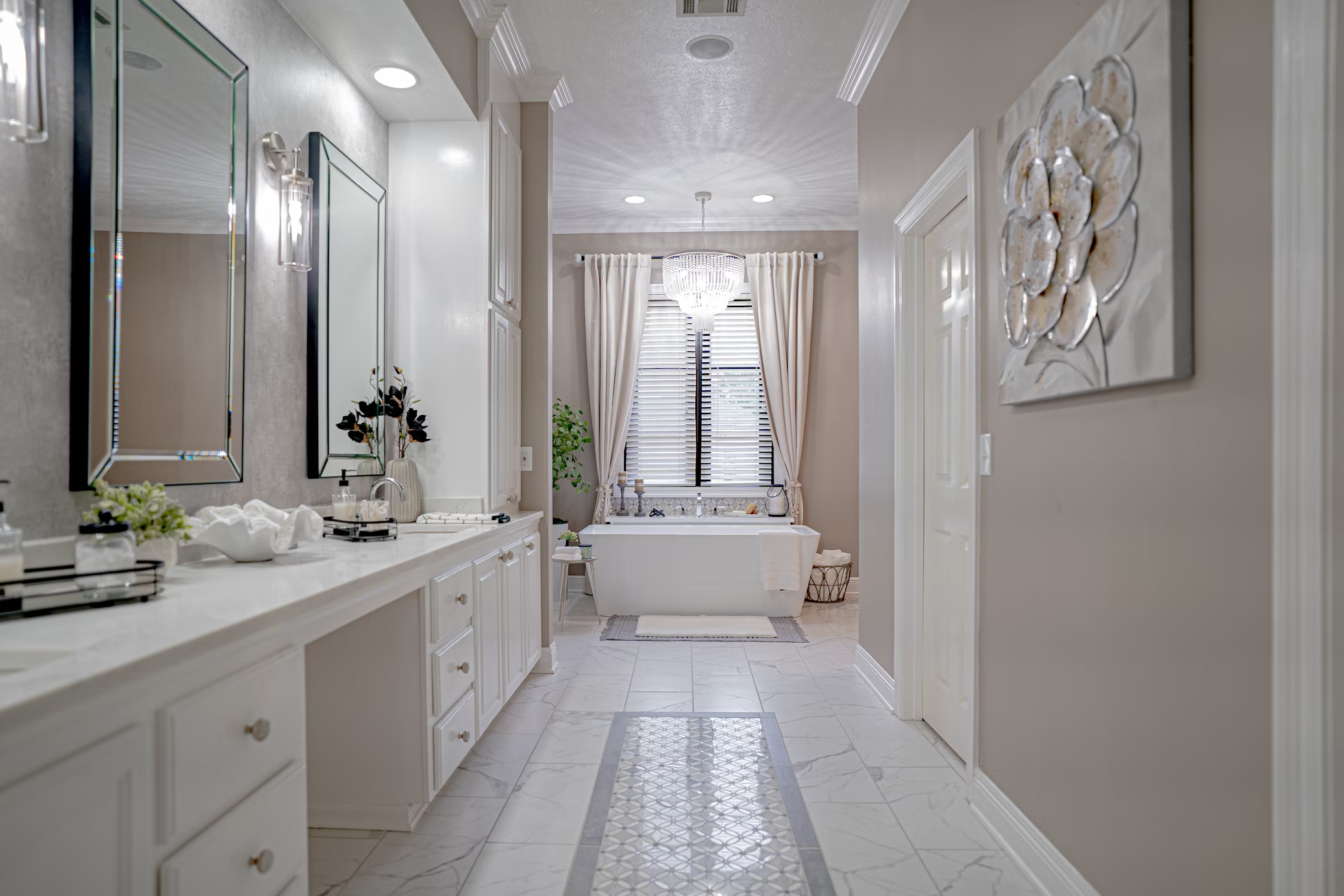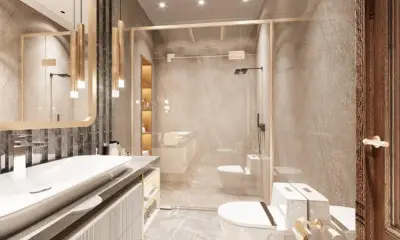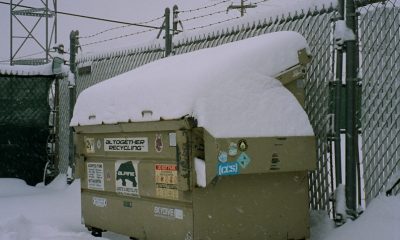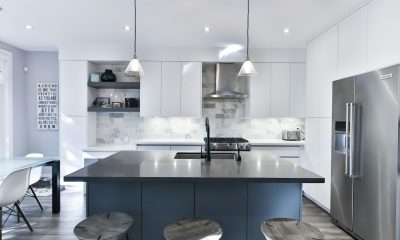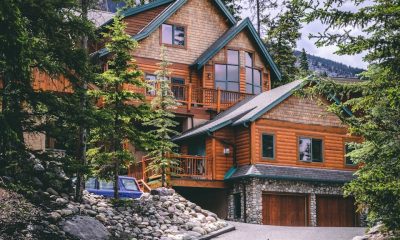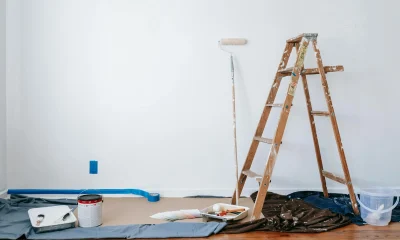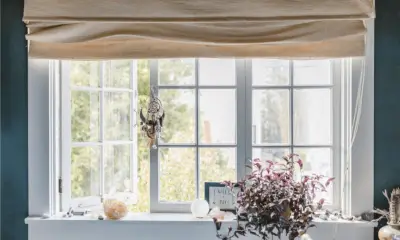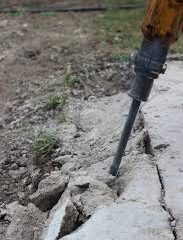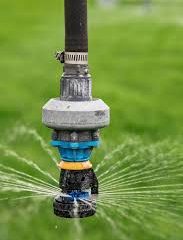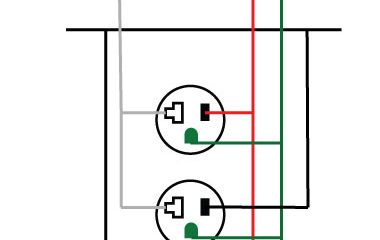Guides
What To Expect During Granite Countertop Installation as a Builder?
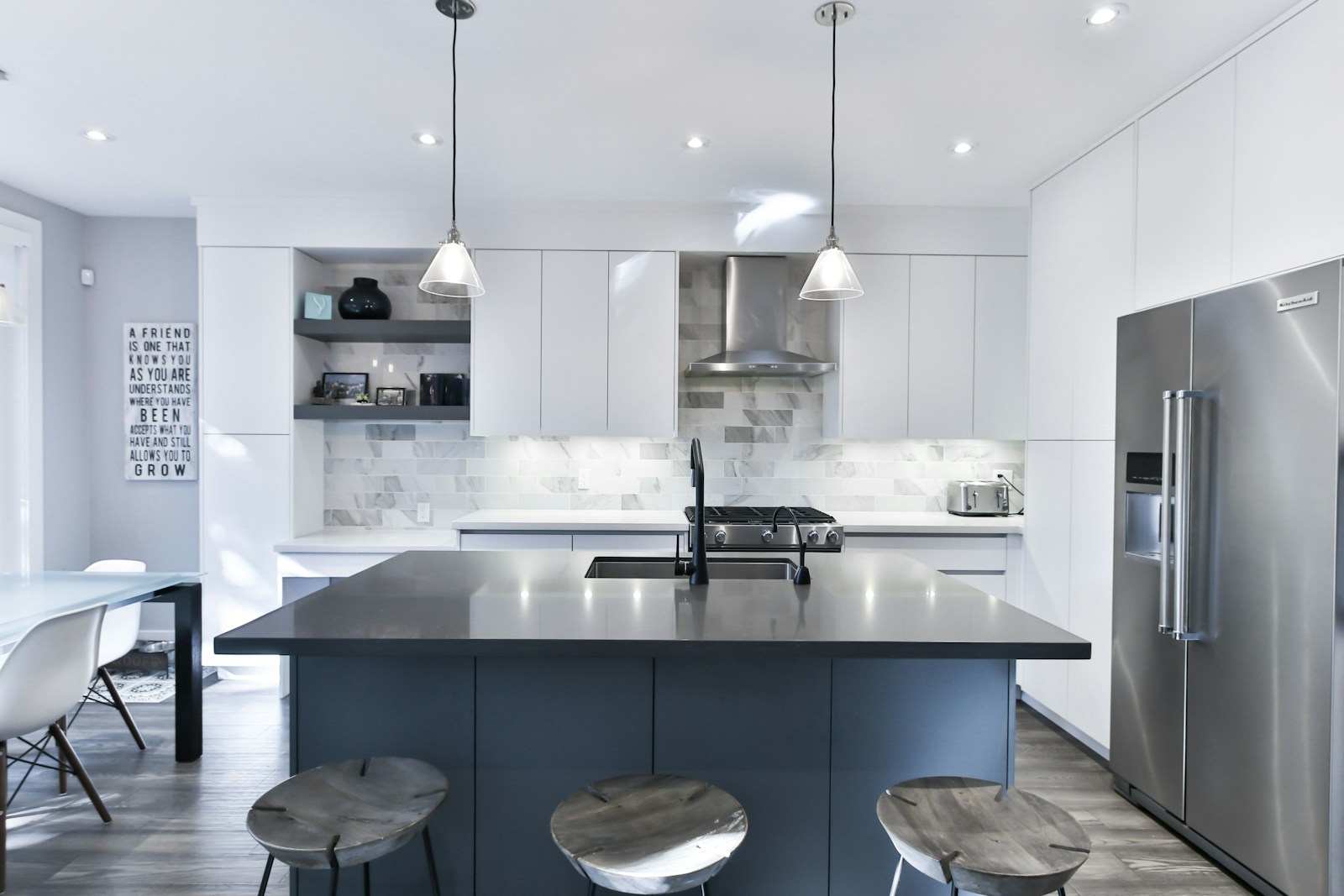
Granite countertops feature unique veining and are highly durable, but they require careful installation and sealing. As a builder, you work to achieve your client’s vision, whether you’re installing multifamily residential countertops or a small bathroom project. Anticipate tailored steps and strategies designed around the client’s preferences, budget, timeline, and specific needs. Here’s what to expect during granite countertop installation as a builder:
Pre-Installation Preparation
Installing single-family or multifamily residential countertops starts with sourcing the slab your clients have requested. Note the color, veining, edging, and other specifications. You can partner with suppliers to provide clients with a portfolio of options to choose from.
After they choose an option, measure the installation area, which may involve leveling the surface and preparing the cabinets. Measure the area and create a template that shows all cutouts for cooktops, sinks, faucets, and other appliances. Find out if the existing cabinets can support the weight of the granite countertops. Unsupported spans and overhangs may require reinforcement before installing the granite slabs.
Granite Cutting
Granite countertop installation may involve on-site and off-site cutting. Off-site cutting and polishing produce ready-to-install granite slabs with custom edge profiles and cutouts. This step is completed at the fabricator’s workshop, reducing the need for on-site cutting.
Ask the fabricator about the lead time, which varies depending on their backlog and the project’s complexity. Any additional cutting and fitting is done on-site to make it fit the area. The work area should be cleaned, and nearby fixtures should be covered to protect them from dust. Residential countertops tend to have similar countertop designs, which makes off-site fabrication suitable once you have an accurate template.
Countertop Installation
The installation phase involves fitting the slabs on the prepared cabinets and sealing the seams. Precut granite slabs are staged near the kitchen, bath, or other installation area. The pathways are cleared for easy movement, and each slab is test-fitted.
Minor grinding, trimming, and adjustments may be required to achieve the perfect fit. Once the slab fits as intended, secure the countertop using silicone or epoxy adhesives.
Join and seal the seams tightly using color-matching epoxy. If you’re installing under-mount sinks, adhere and clamp them in place during countertop installation. Leave the final cooktop fittings and facets for after the adhesive cures. Granite requires sealing to protect it from stains and moisture. Sealing is typically done after installation to prevent bacteria from growing in the pores.
Post-Installation Inspection
Installing a countertop produces dust, debris, and material residue. You should clean the surface to remove loose debris. Perform a post-installation inspection to check for chips, alignment issues, improper seams, and surface unevenness. If the installation meets the standard, let the adhesives and sink mountings cure for about a day before installing plumbing and appliances.
Install Quality Multifamily Residential Countertops
Granite countertop installation requires careful planning and coordination to achieve the client’s needs. You should maintain clear communication with the client and fabricator to source the right slabs and edge profiles. Don’t schedule drywall and flooring crews during countertop installation to minimize dust and prevent damage to the granite. Contact a natural stone supplier today for high-quality multifamily residential countertops.
Selecting the Perfect Sealer and Adhesives
Every slab of granite has its own personality, and choosing the right sealer preserves that character while protecting against stains and moisture. We recommend looking for a silane/siloxane blend—these penetrate deep into the stone without leaving a cloudy film on top. Brands like StoneTech and Miracle Sealants offer professional-grade options that stand the test of time.
-
Penetrating vs. Topical: Penetrating sealers soak in and repel water from within, while topical sealers form a barrier on the surface.
-
UV Resistance: If your countertop sits near a sunny window, UV-stable sealers prevent yellowing.
-
Food-Safe Certification: Look for NSF– or FDA–approved products if you’re working in a kitchen environment.
Similarly, choose epoxy adhesives rated to at least ANSI A118.15 for seam filling—these provide color-matched, waterproof bonds that won’t yellow or crack over time.
Sourcing and Budgeting for High-Quality Granite
Your clients deserve the best, but luxury stone doesn’t have to break the bank. Partner with local quarries or wholesalers listed in the Natural Stone Institute’s supplier directory to get competitive pricing and reduced shipping fees.
Budgeting Tips
-
Slab Grade matters: A “prime” grade has flawless veining and color consistency but costs more; lower grades may have character but require judgment calls on pattern matching.
-
Freight Costs: Heavy slabs can add hundreds in shipping—group multiple projects or order during off-peak seasons to save.
-
Supplier Partnerships: Negotiate volume discounts if you install granite in multifamily residential communities.
A clear, itemized estimate—covering slab, fabrication, delivery, and installation—helps clients budget confidently and avoids costly surprises.
Trending Patterns, Colors, and Design Tips
Granite trends ebb and flow, but classics never go out of style. Right now, warm neutrals and gentle movement are in demand:
-
White Carrara Look-alikes: Many suppliers offer affordable slabs that mimic high-end marble veining—ideal for budgets that can’t stretch to real Carrera.
-
Earth-Tone Movement: Browns, golds, and soft greens work beautifully in kitchens with wood cabinetry or coastal-inspired baths.
-
Bold Contrasts: For a modern twist, pair a dark, almost-black granite island with lighter perimeter countertops.
Show clients real sample boards under both warm and cool lighting—it’s the best way to see how the stone will behave at breakfast and dinner.
Ensuring Eco-Friendly and Sustainable Practices
Green building isn’t just a buzzword—it’s a commitment to the next generation. Consider these strategies:
-
FSC-Certified Wood Supports: Replace damaged sub-cabinets with Forest Stewardship Council–approved plywood.
-
Low-VOC Sealers: Choose sealants certified by the Green Seal program to minimize indoor air pollution.
-
Reclaimed Stone Options: Some quarries sell remnant or recycled tiles, perfect for small bathroom projects or accent walls.
Documenting these choices in your proposal highlights your authoritative stance on sustainability and can help clients earn LEED or similar certifications.
Cost Estimation and Return on Investment
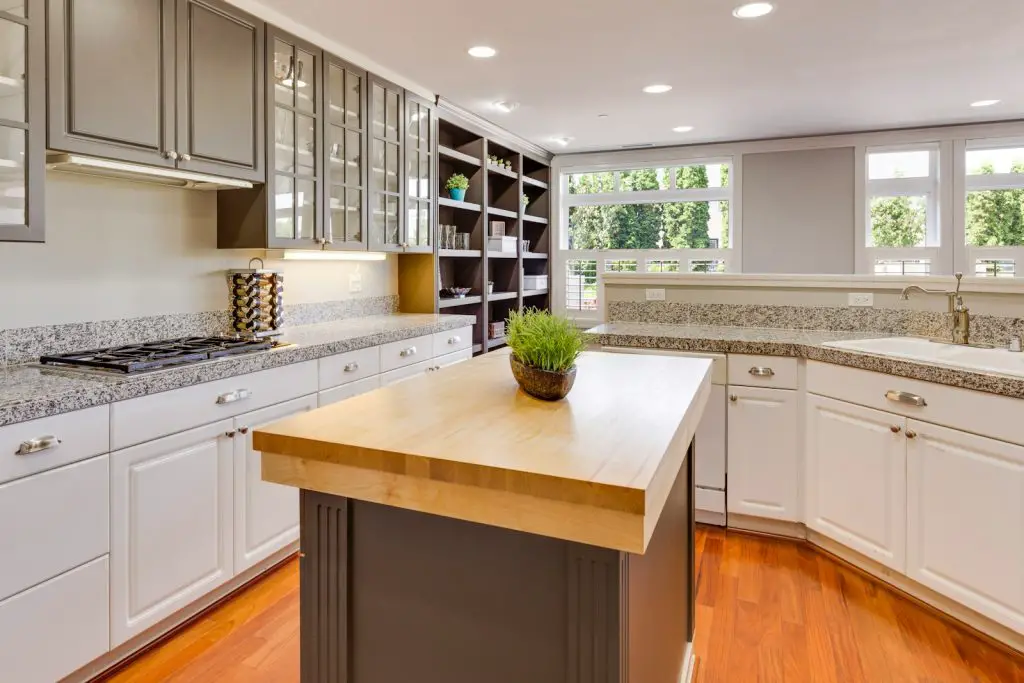
Clients often ask, “Is granite really worth it?” The answer lies in long-term value:
-
Resale Boost: According to HomeAdvisor, kitchens with natural stone can recoup up to 80% of their cost when selling a home.
-
Durability Dividend: Unlike laminate, granite resists scratches and heat—fewer repairs over decades translate to real savings.
-
Maintenance ROI: A good sealer application every 1–2 years costs a fraction of replacing worn-out countertops.
Present these figures alongside your estimate to underline the financial wisdom of choosing granite.
Guaranteeing Longevity with Warranties and Service Agreements
Your reputation hinges on after-care, not just installation. Offer clients a comprehensive service plan:
-
Sealer Renewal Alerts: Automated reminders every 12–24 months keep the stone protected.
-
Crack and Chip Coverage: A limited warranty on workmanship—sealed with a signed certificate—builds trust.
-
Annual Inspections: Include a free or discounted check-up to identify minor issues before they escalate.
Providing a written service contract demonstrates your trustworthiness and encourages repeat business.
Final Client Walkthrough and Documentation
The big reveal is your moment to shine—and to cement your position as a true expert:
-
Visual Inspection Together: Walk clients through each seam, edge, and fixture cutout.
-
Digital Report Delivery: Email a PDF with photos, product data sheets, and care instructions.
-
Personalized Care Kit: Leave behind branded microfiber cloths and sample sealer for hands-on guidance.
-
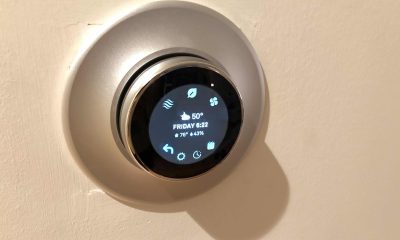
 Gadgets2 years ago
Gadgets2 years agoDoes Nest Thermostats Contain Cameras Or Microphones? Is It Safe For you?
-

 Guides11 months ago
Guides11 months ago10 Best Apps To Control All Your Smart Home Devices.
-
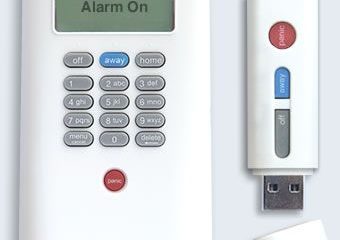
 Gadgets2 years ago
Gadgets2 years agoWhat Is The Purpose Of Red Button On The SimpliSafe Keypad?
-

 Gadgets2 years ago
Gadgets2 years agoComplete Guide About Equalizer settings for Samsung-Soundbar
-

 Solutions2 years ago
Solutions2 years agoWhy is My Samsung TV Picture So Dark? Exploring the Possible Causes
-

 Gadgets2 years ago
Gadgets2 years agoFitbit Symbols Meaning: What Do The Fitbit Icons Mean?
-

 Solutions2 years ago
Solutions2 years agoHow to Connect Your Vizio TV to WiFi Easily Without a Remote?
-

 Accessories2 years ago
Accessories2 years agoBlink Camera’s Temperature Sensor Settings, and More




